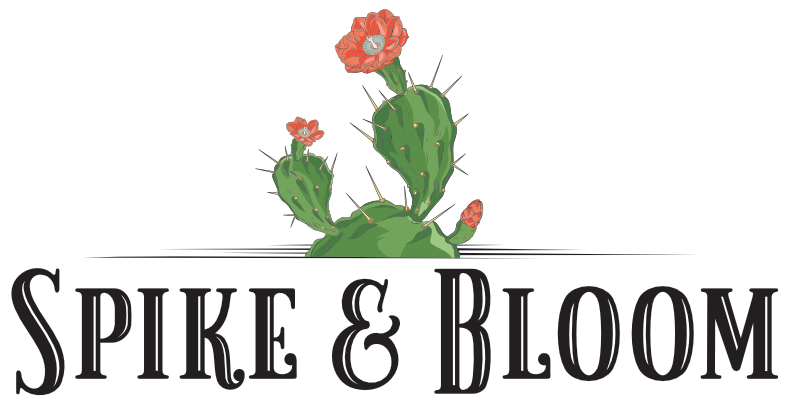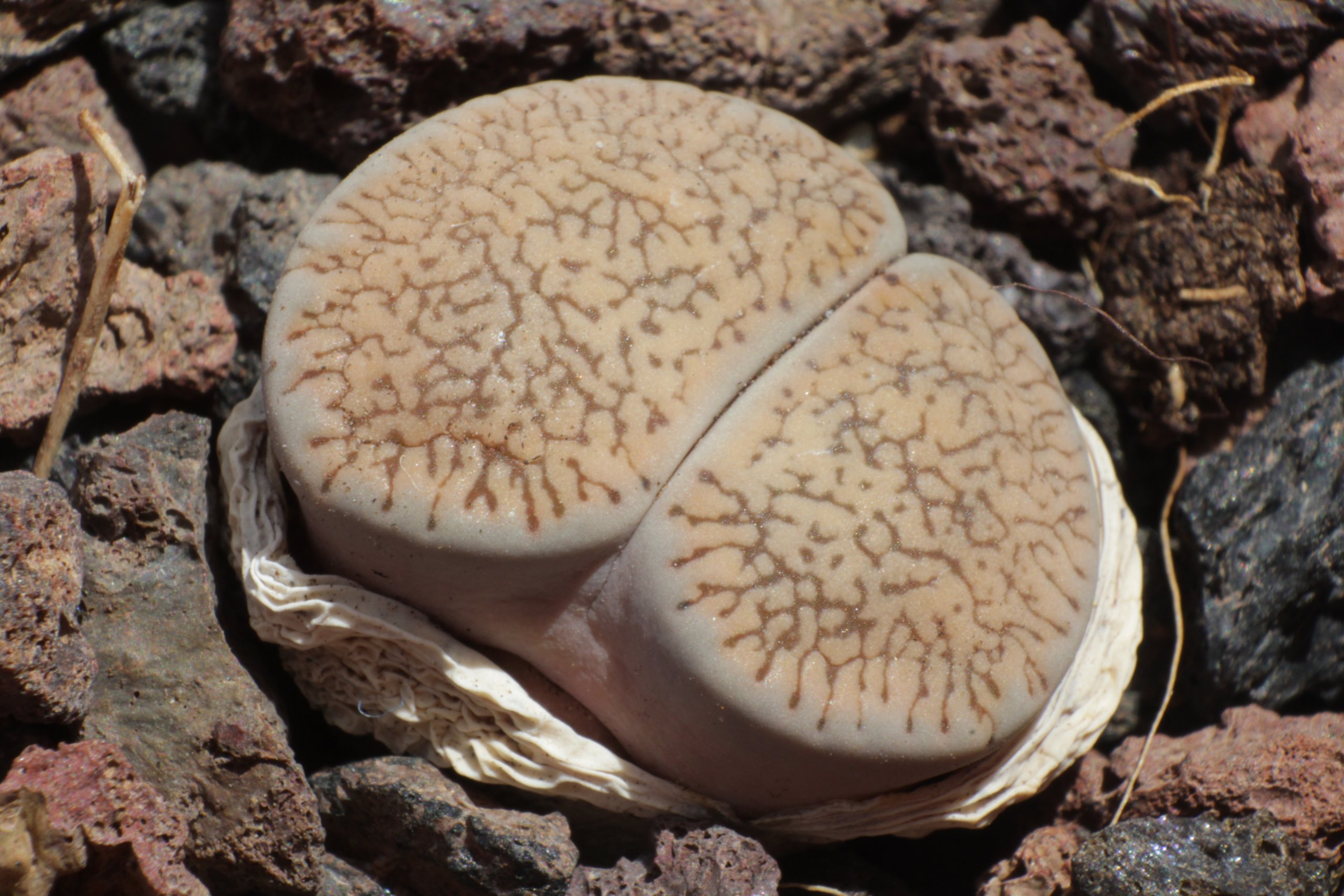Weird Looking Succulent Species
Weird looking succulent species stand out because of their unique shapes, unusual colors, and unexpected textures. These plants often look like they belong on another planet, with forms that can be spiky, hairy, or even resemble stones and animals. If you are searching for fresh inspiration for your plant collection, these succulents offer something different from the usual greenery.
Growing these eye-catching plants can turn any space into a natural conversation starter. You can explore succulents that twist, cluster, and grow in patterns you won’t find in most gardens. Their strange appearances make them perfect for anyone who enjoys rare and remarkable plants.
What Makes a Succulent Species Weird Looking?
Many succulents catch attention because they do not look like typical houseplants. Their different features can surprise you and make your succulent collection stand out. These features are often what separate rare succulents from common ones.
Unusual Leaf Shapes and Patterns
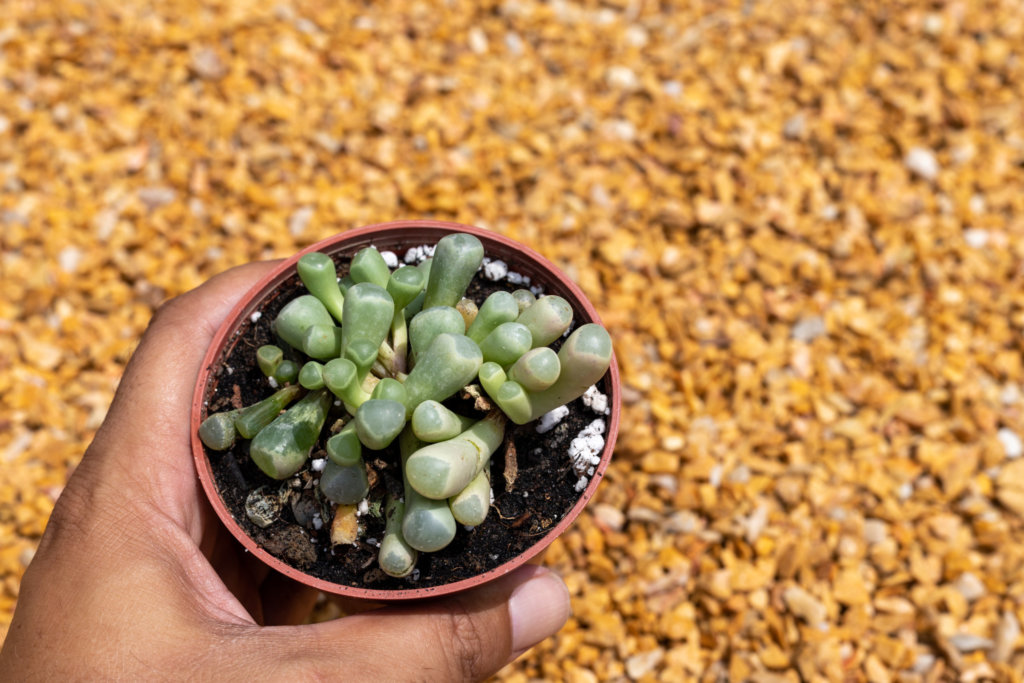
(Baby Toes)
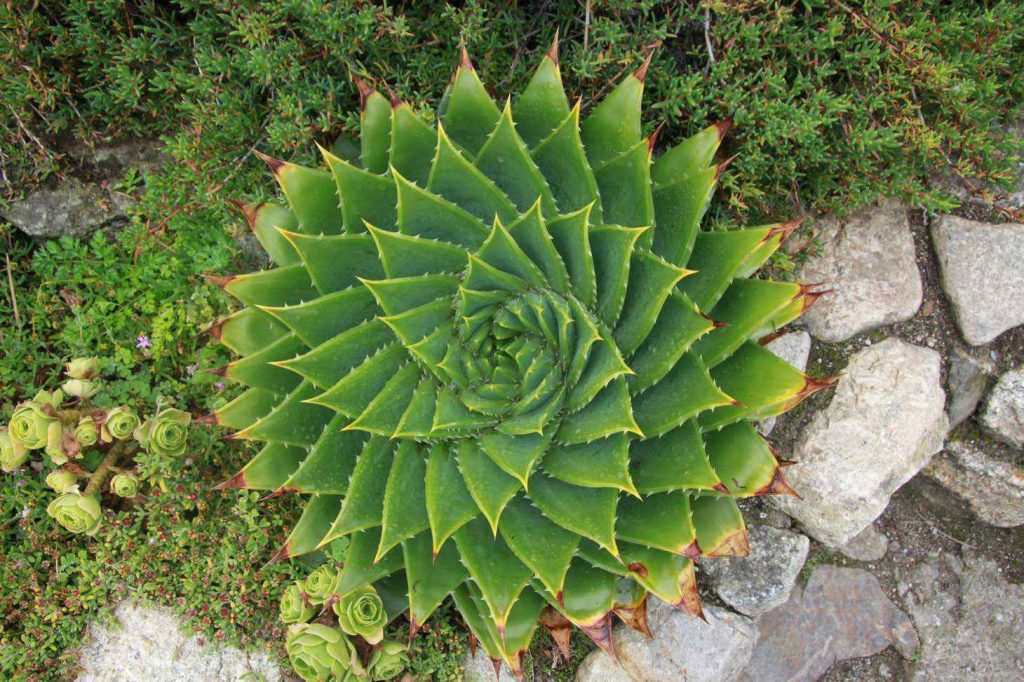
(Spiral Aloe)
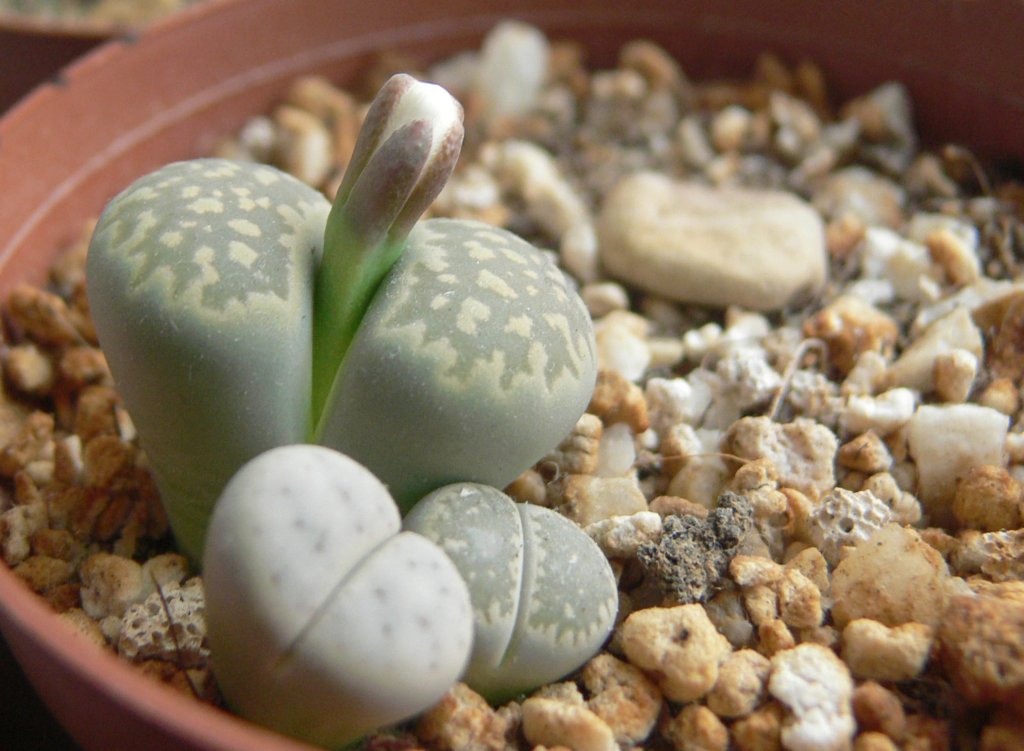
(Living Stones)
Weird succulents often have odd or unique leaf shapes that differ from the smooth, rounded leaves you might expect. Some have long, finger-like tubes, such as Fenestraria, while others grow into twisted spirals, like the Spiral Aloe (Aloe polyphylla).
A few, like the Lithops or “living stones,” look like pebbles instead of plants. You may also see wavy or crinkled edges, thick bumps, or stacked leaves that form a tower shape. These unusual forms can help the plant store water or reduce sun damage, but mostly, they just look interesting.
Adding succulents with different leaf shapes will make your display much more eye-catching.
Color Variations and Markings
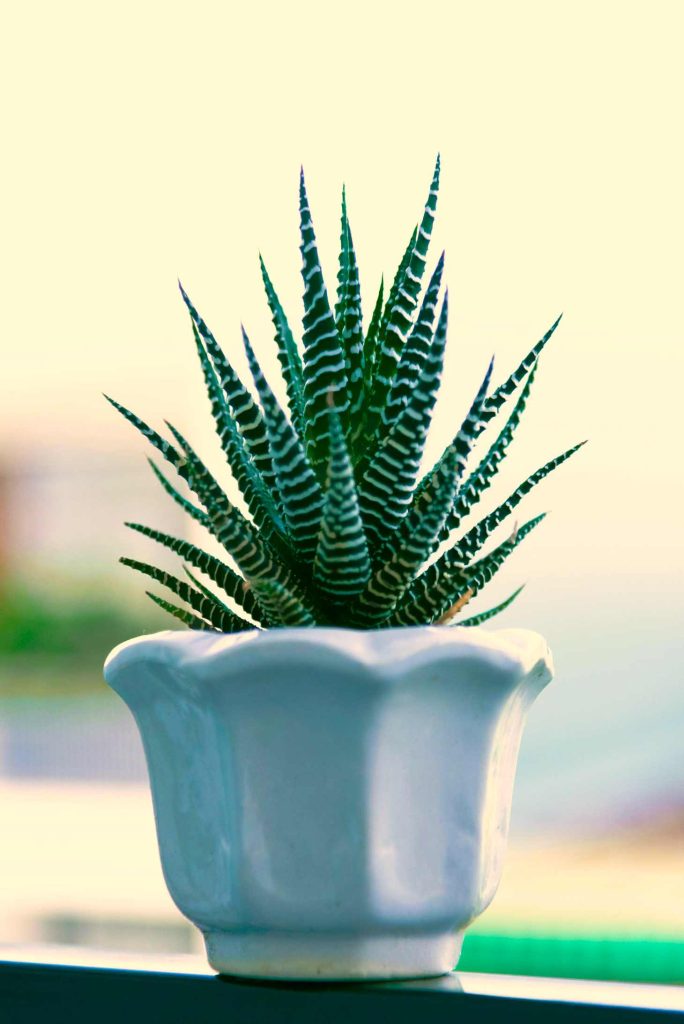
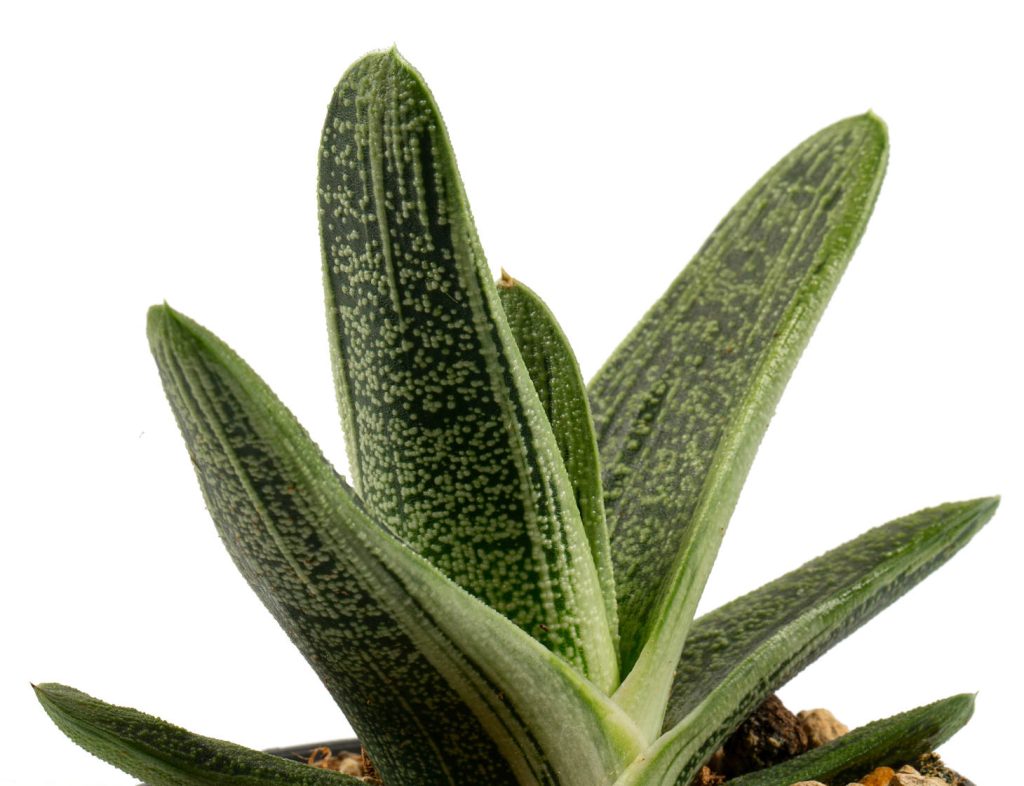
Some rare succulents have colors that aren’t usually found in standard plants. You may notice deep reds, purples, blues, or even bright yellow-green. Other succulents can have strong color contrasts, such as a green plant with pink edges or a powdery silver covering.
Markings are also common in weird species. For example, many Haworthia and Gasteria plants have stripes, spots, or window-like patches on their leaves. Variegated succulents, which show mixes of color in patches or lines, are especially sought after for their rarity and visual effect.
These colors and patterns will add variety and make certain succulents stand out in your collection.
Mimicry and Plant Camouflage
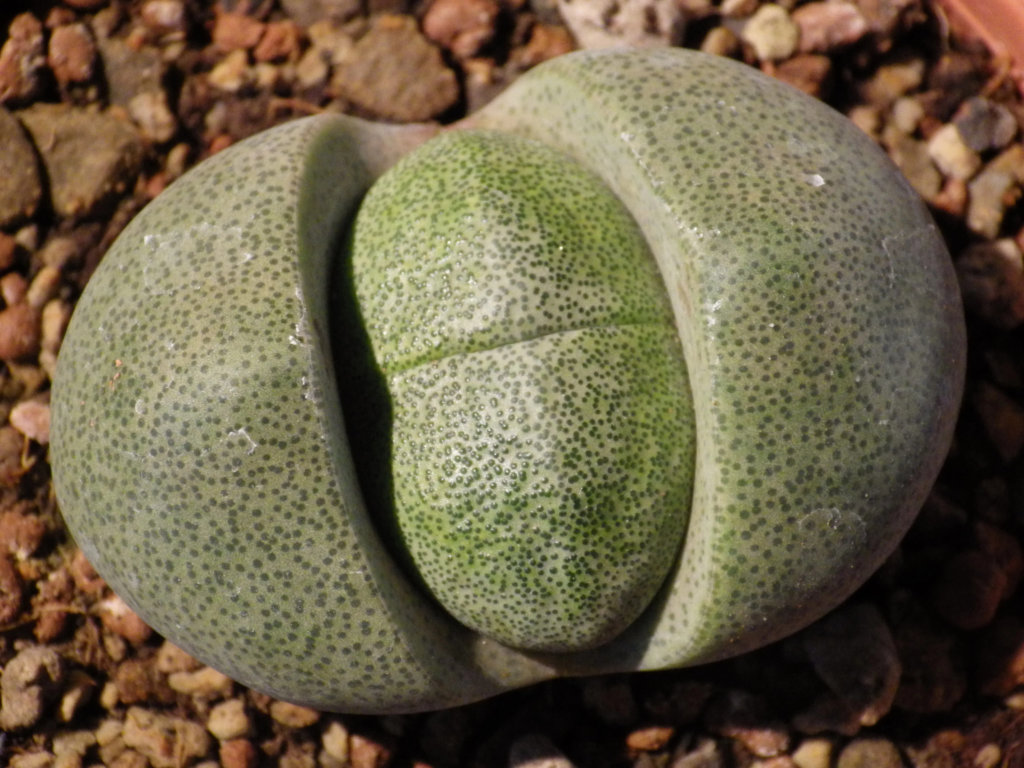
Many weird-looking succulents use mimicry or camouflage as a survival tool. Plants like Lithops and Pleiospilos blend into rocky ground so animals overlook them. Their bodies look almost exactly like stones or pebbles.
Other succulents, such as the “baseball plant” (Euphorbia obesa), imitate the round shape and dull color of local rocks. Mimicry is not only a natural defense but also a feature that makes these rare succulents so fascinating to collect.
Observing how these plants adapt and hide in plain sight adds another layer of interest to your growing succulent collection.
Iconic Weird Looking Succulent Species
Some succulents have evolved with unusual shapes and colors, making them look like stones, toes, or even sports equipment. These plants offer both unique visual appeal and interesting details in their care and appearance.
Living Stones and Lithops Varieties
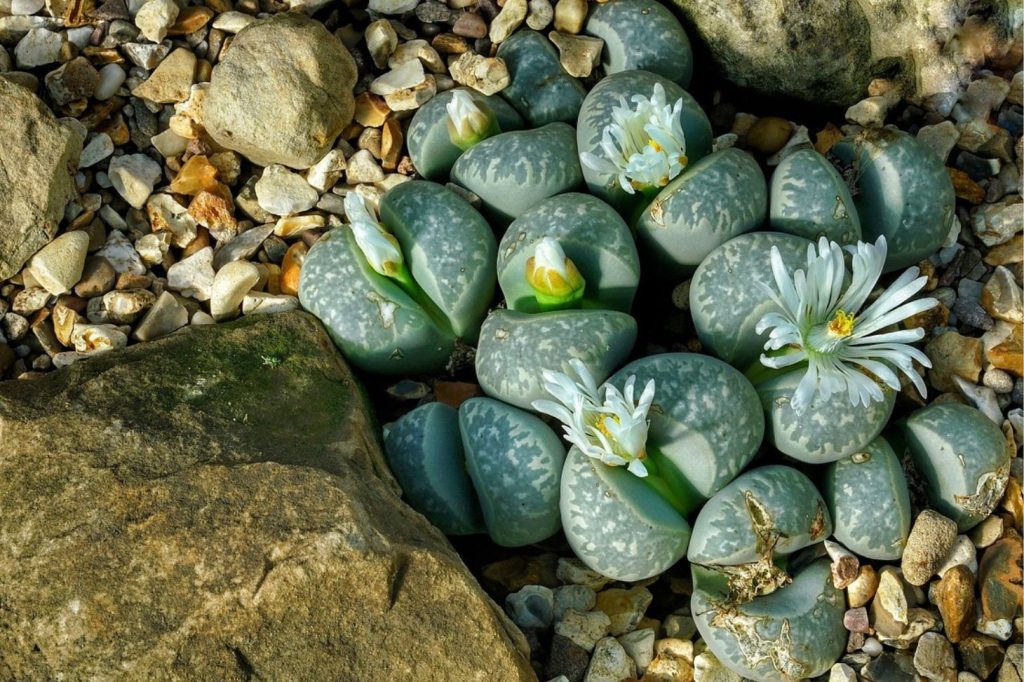
Lithops, often called “living stones,” look more like pebbles than actual plants. You may see them scattered across the soil, blending in with small rocks for camouflage. Their flat, fused leaves store water and protect them in their natural desert habitats.
Key Features:
- Come in a range of colors, including gray, brown, and green
- Flower in the fall with daisy-like blooms
- Grows in small clusters
Lithops require little water and bright light. Overwatering can cause root rot, so it’s important to let the soil dry completely between watering sessions.
Baby Toes (Fenestraria rhopalophylla)

Fenestraria rhopalophylla, known as “baby toes,” features chubby, finger-like leaves that stand upright in clusters. The tips have translucent windows, which help sunlight reach deep inside the plant.
Baby toes prefer lots of indirect sunlight and should be watered only when the soil is completely dry. If you notice their tips turning yellow, that’s often a sign of too much water.
Baseball Plant (Euphorbia obesa)
Euphorbia obesa, called the “baseball plant,” grows as a single, round ball. Its shape looks much like a green-striped baseball, with no visible leaves or spines.
This succulent is native to South Africa and is very slow-growing. It grows to about 4 inches (10 cm) in diameter. The plant produces tiny flowers at the top, but they are easy to miss.
Use well-draining soil, and put your baseball plant in bright, indirect sunlight. Avoid frequent watering, as too much moisture can damage the plant.
Star Window Plant (haworthia cooperi)
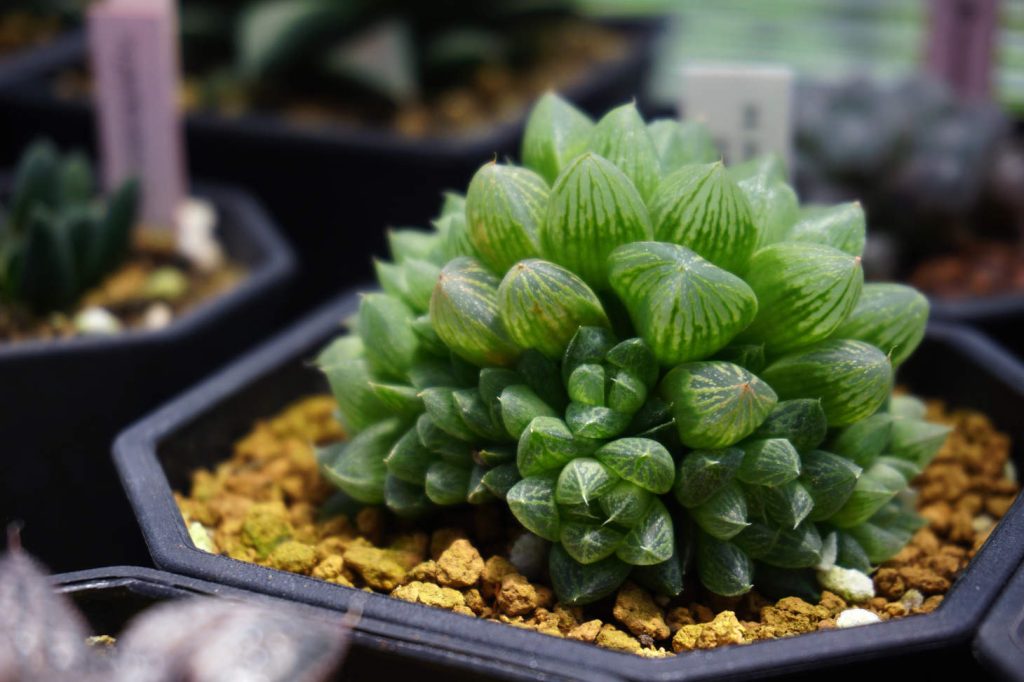
The star window plant, known botanically as haworthia cooperi, is named for its shiny, transparent leaf tips. These “windows” let light into the plant, which helps it grow in low-light spots in its native habitat.
Haworthia cooperi grows in clumps with short, soft, and fleshy leaves. The see-through tips make it unique, as you can actually see a little bit inside the leaf.
You should use sandy soil with good drainage and water sparingly. This plant does best with bright, indirect sunlight and stays small, which makes it perfect for windowsills or small pots.
Notable Genera Featuring Unusual Succulent Forms
Certain succulent genera are known for their striking and often odd appearances. These plants showcase unique shapes, vibrant colors, and uncommon growth patterns that set them apart from more typical varieties. Some look like living sculptures, while others might remind you of underwater corals or even alien life.
Standout Species in Echeveria
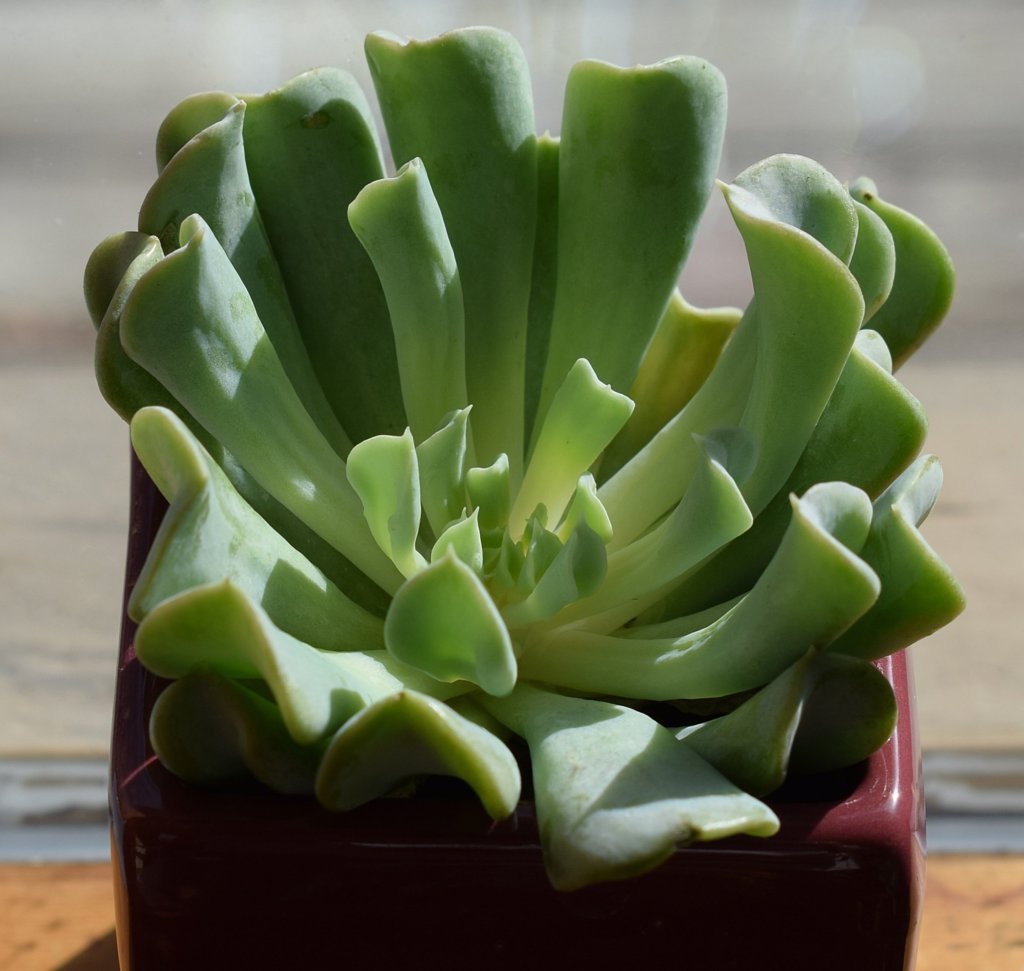
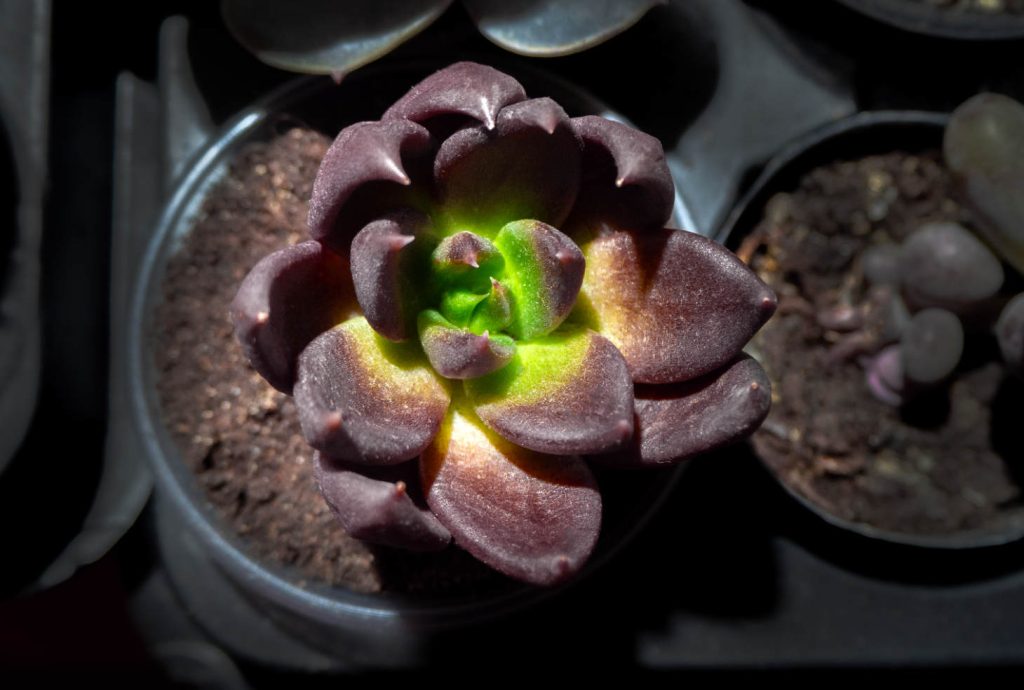
Echeveria species are popular with collectors because of their symmetrical rosettes, but some types stand out for their unusual looks. For example, Echeveria ‘Topsy Turvy’ features spoon-shaped leaves that twist and curve upward, creating a wavy effect.
Many Echeveria come in colors that range from gray and blue to pink and purple. The leaves may also have powdery coatings, which help protect the plant from sun and water loss. Echeveria ‘Black Prince’ is another favored option, displaying very dark, almost black leaves arranged in a compact form.
These succulents usually stay low to the ground and thrive in bright, indirect light. Their unusual shapes and colors make them eye-catching additions to any collection.
Bizarre Crassula and Kalanchoe Types
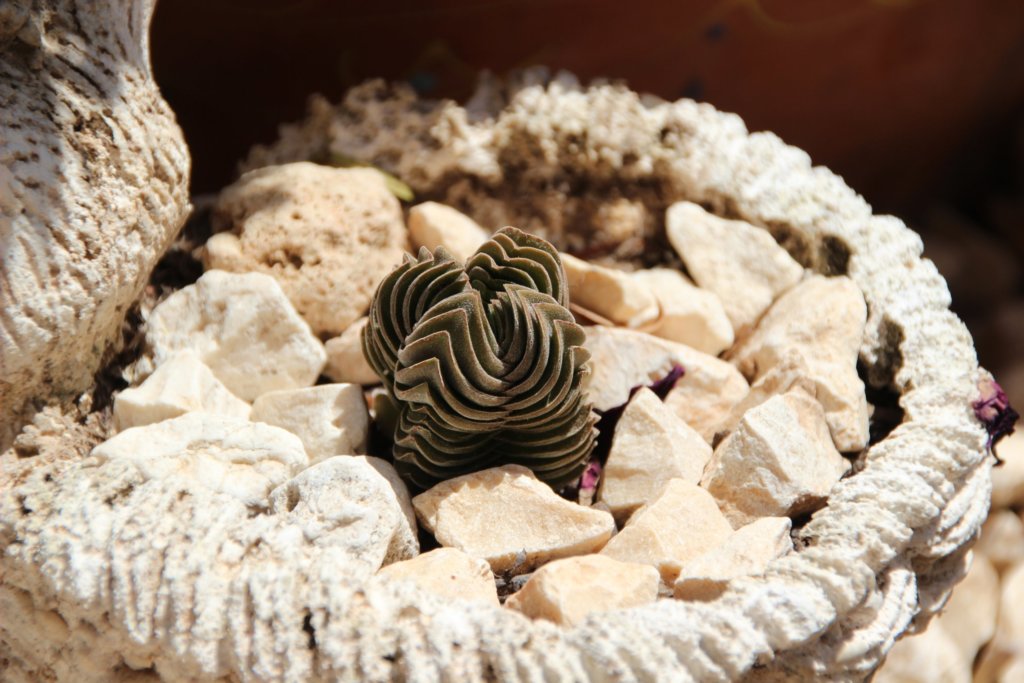
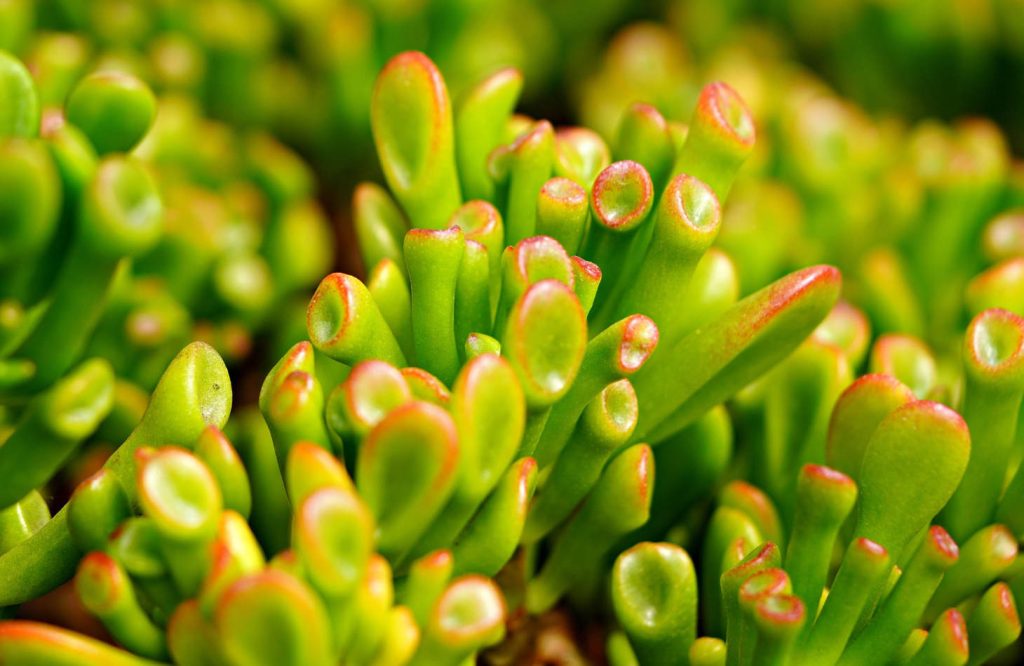
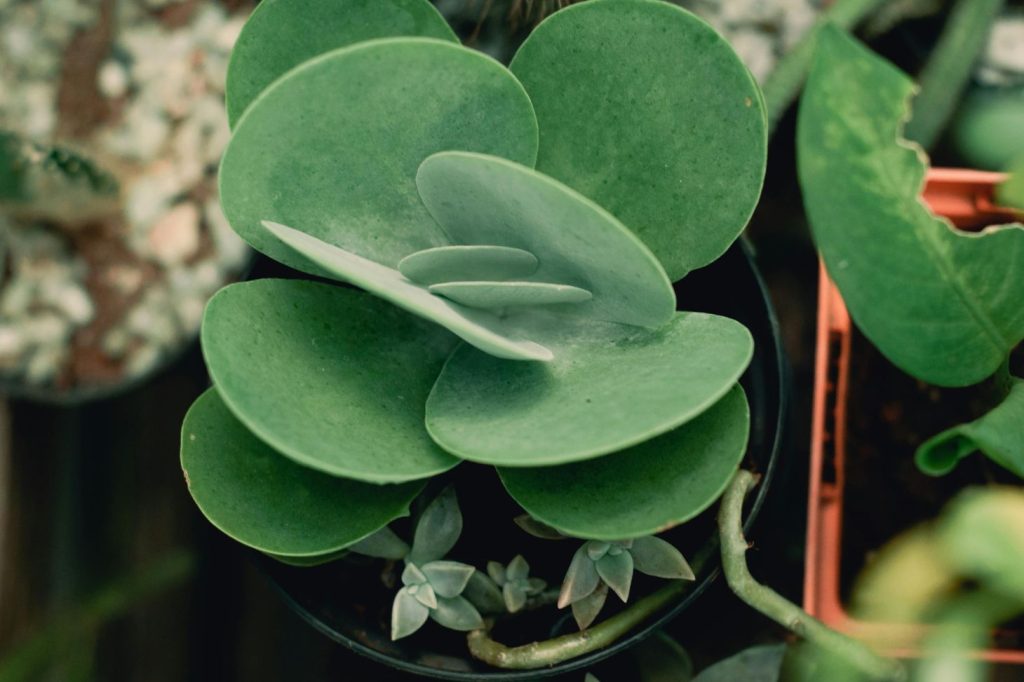
The Crassula genus contains some of the strangest succulent forms you can grow. Crassula ‘Buddha’s Temple’ is built from tightly stacked, square leaves that almost look like a miniature pagoda. Another, Crassula ovata ‘Gollum’ (also called “Shrek Ears”), has tubular leaves with flared, suction-cup-like tips.
Kalanchoe also boasts unusual plants, especially Kalanchoe thyrsiflora, known as “Paddle Plant” or “Flapjacks.” Its thick, round leaves often develop red edges in sunlight, making the plant look like a stack of pancakes. Some Kalanchoe can even produce plantlets along the edges of their leaves, which is rare for succulents.
Crassula and Kalanchoe are both tough and versatile, handling a range of light and moisture conditions if not overwatered.
Quirky Aloe Varieties
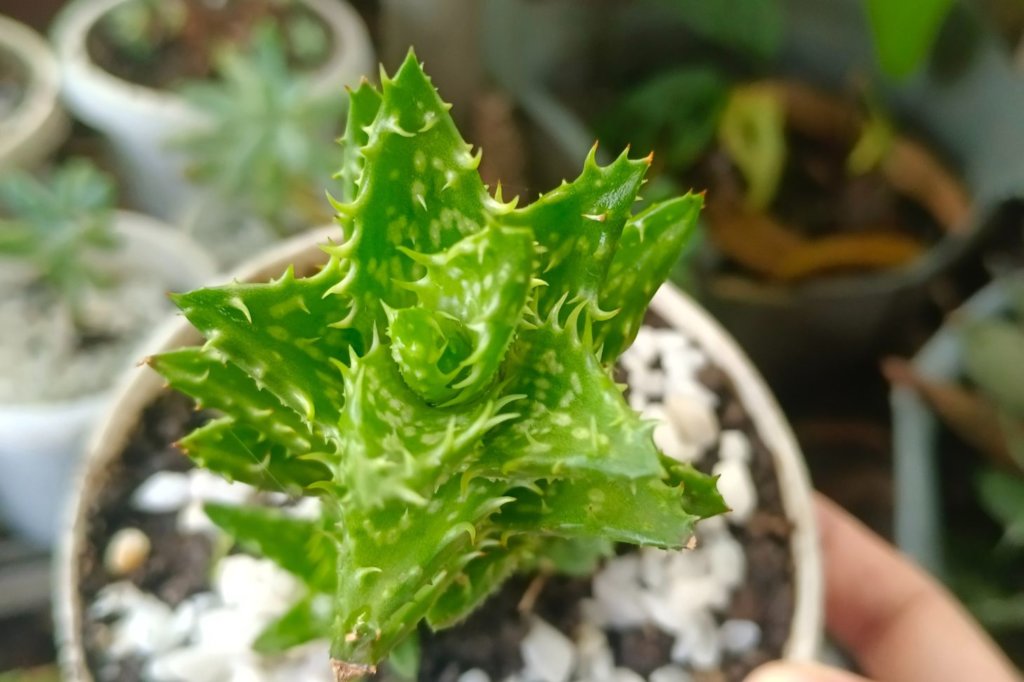
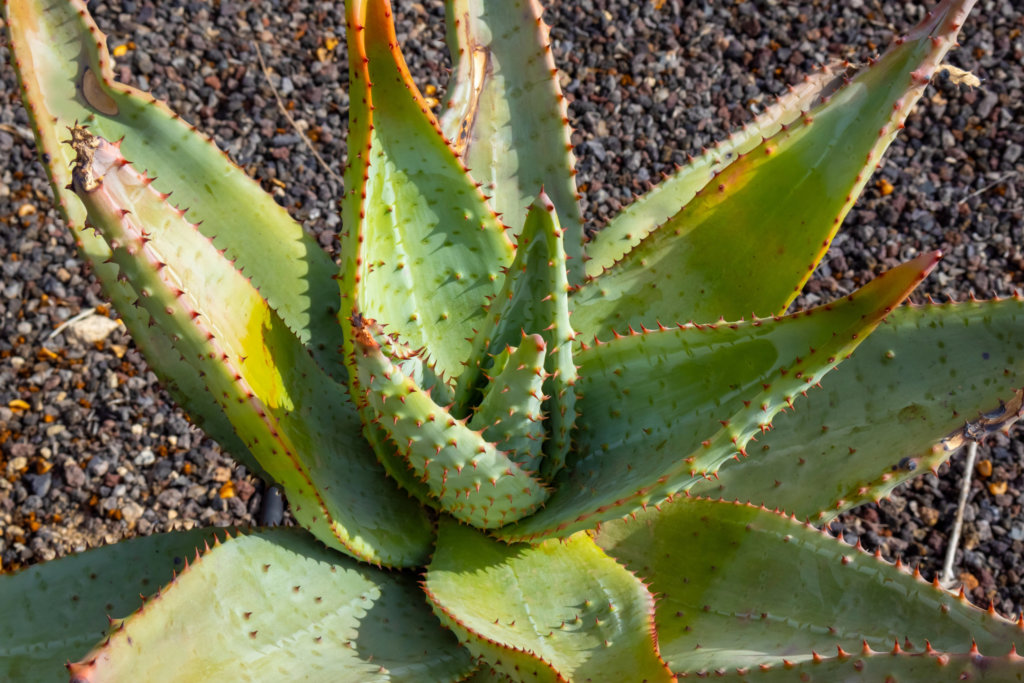
Aloes aren’t just for soothing burns; many show dramatic looks. Aloe juvenna forms spiky, stacked layers and is marked with white spots. Some Aloe species, such as Aloe marlothii, have thick, rough leaves armed with long, reddish teeth.
These genera often stay compact, making them ideal for windowsills and small pots. Their leaf forms and markings provide interesting shapes and textures year-round.
Collecting and Caring for Weird Succulent Species
Rare and weird-looking succulents can add interesting shapes and textures to your plant collection. Success depends on proper propagation methods, targeted care, and making smart choices among unusual species.
Propagation Tips for Rare Succulents
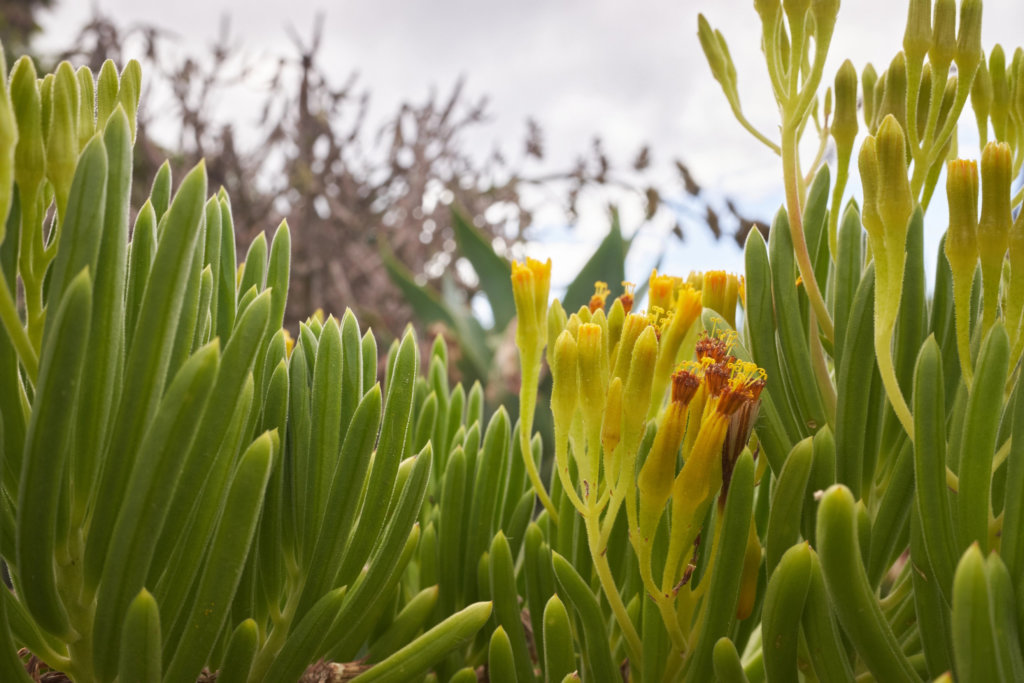
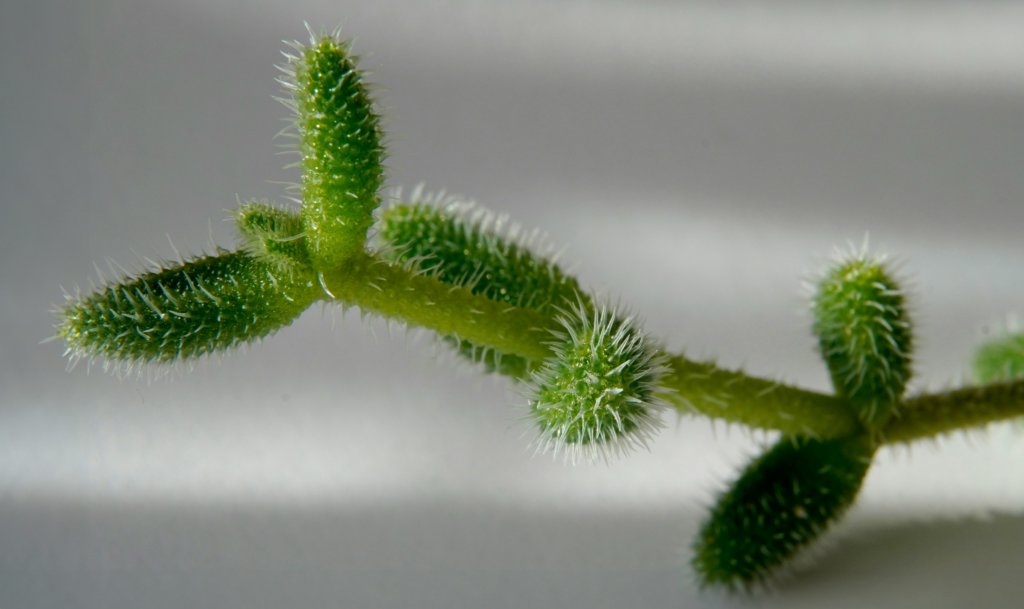
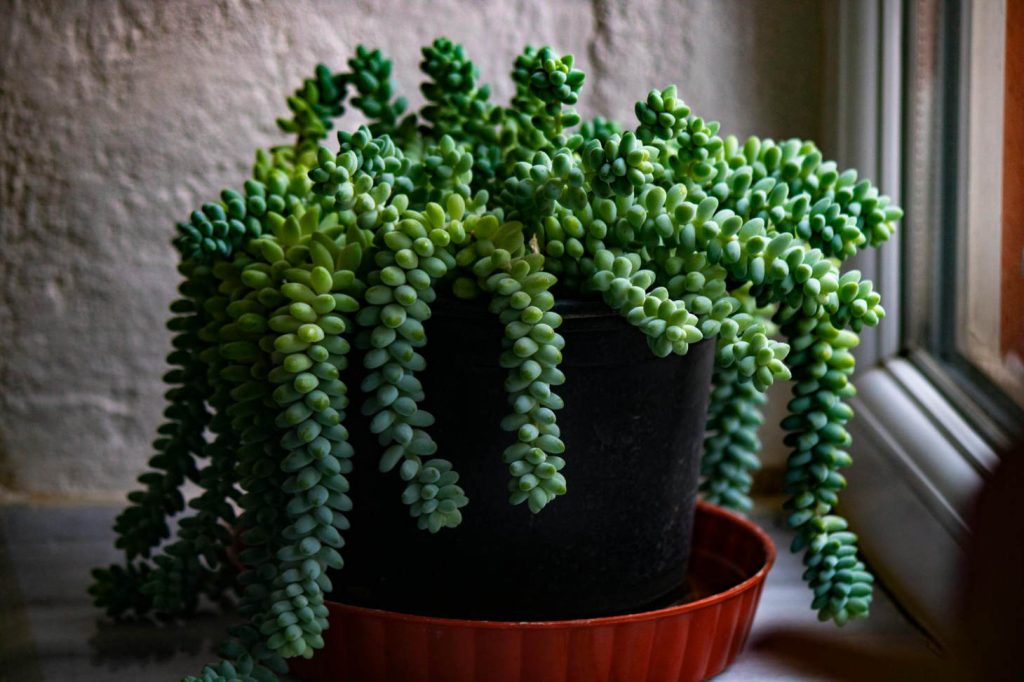
Propagation helps you expand your collection, especially with hard-to-find types. Most weird succulents, like Senecio (including the pickle plant, Senecio barbertonicus), Delosperma echinatum, and Sedum morganianum, can be started using stem cuttings or leaf cuttings.
For stem cuttings, let the piece dry for several days to heal the cut. This prevents rot once you place it in soil. Use well-draining succulent soil, and only water lightly after roots form. Some varieties, like Gasteria and Dracaena cylindrica, root better if the cut ends are dusted with a bit of rooting hormone powder.
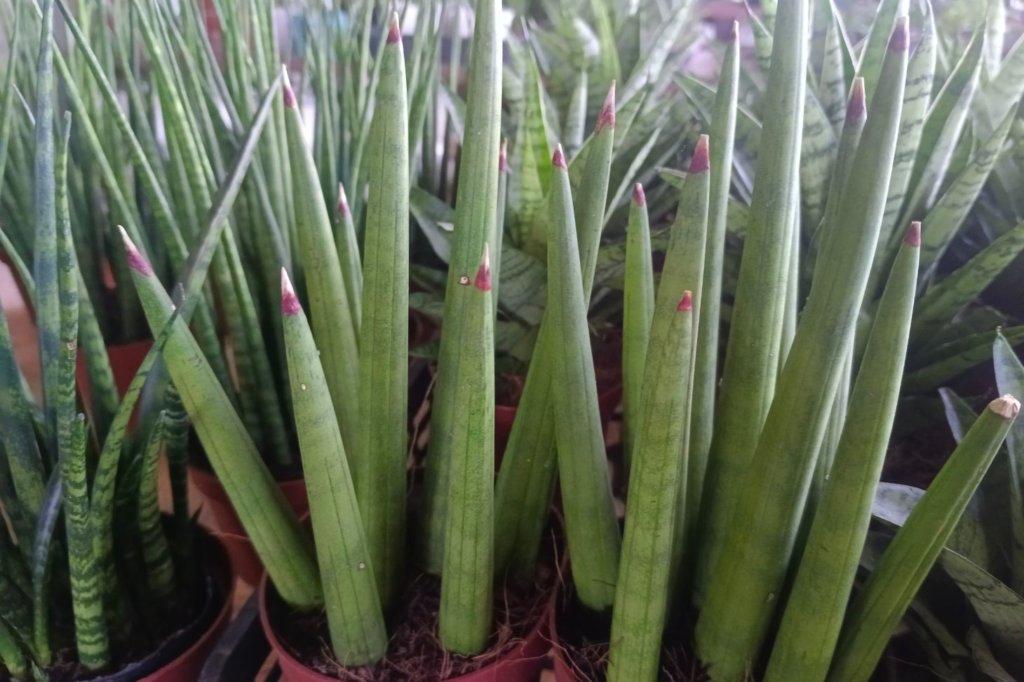
Seed propagation works for rare succulents but can take longer. Germinate seeds in trays with soil kept slightly moist and bright but out of direct sun. Young plants need patience and protection from sudden temperature changes.
Essential Succulent Care Guidelines
Weird-looking succulents often have unique care needs, but most thrive with these basics:
- Light: Provide bright, indirect sunlight. While some tolerate direct sun, many, like Gasteria, can scorch.
- Soil: Use a gritty, well-draining mix. Succulent soil with added perlite or sand helps prevent root rot.
- Water: Water deeply but infrequently. Let soil dry completely before watering again. During dormancy periods, reduce watering for species like delosperma echinatum.
- Humidity: Succulents prefer low humidity. Avoid placing them in rooms where air stays damp.
Fertilize sparingly, about once per month in spring and summer using a balanced, weak fertilizer. Most importantly, check your plants routinely for pests such as mealybugs or aphids, which can spread quickly in collections.
Best Choices for Unique Succulent Collections
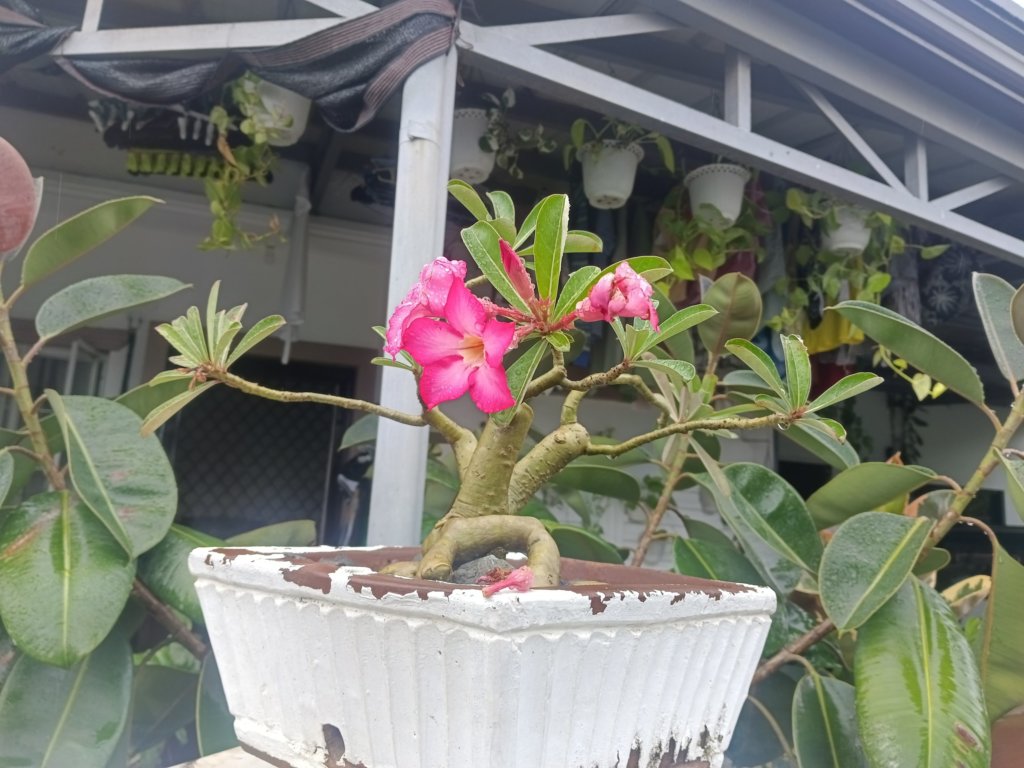
To create an eye-catching collection, look for varieties with unusual textures, leaf shapes, or colors. Some excellent picks include:
| Species | Features |
|---|---|
| Senecio barbertonicus | Cylindrical leaves, bushy growth |
| Delosperma echinatum | Spiky, fuzzy leaves (pickle plant) |
| Sedum morganianum | Trailing strings of plump, bluish leaves |
| Gasteria species | Spotty, tongue-shaped leaves |
| Dracaena cylindrica | Tubular, upright stems |
| Desert rose (Adenium) | Thick, swollen stem and striking blooms |
Add both trailing and upright forms to your collection for variety. Pair them in groups but always allow enough space for airflow, which lowers the risk of fungal disease. Choosing a mix of these species ensures a display full of visual interest and texture year-round.
